jmtonkin
No longer a newbie, moving up!
- Joined
- May 6, 2011
- Messages
- 446
- Reaction score
- 81
- Location
- Minnesota, South Dakota (for school)
- Can others edit my Photos
- Photos OK to edit
Hey everyone,
I'm looking at adding a 50mm fixed lens to my bag, and I'm looking for some advice. I've done some research on the f/1.4 vs f/1.8, and I'm not really getting any solid answers. I'm looking for some real-life experiences with these two. Is there a huge noticeable difference in the 1.4 to 1.8? I've read that there is quite a bit of vignetting at 1.4, have you experienced this? I heard that the build of the 1.4G is much better than the 1.8, is that true?
There is just such a huge price difference, but I don't know which route would be the best. I mostly shoot portraits (engagements, senior pictures), and I have done a few weddings.
Thanks for your advice!
Sent from my iPad using Tapatalk
I'm looking at adding a 50mm fixed lens to my bag, and I'm looking for some advice. I've done some research on the f/1.4 vs f/1.8, and I'm not really getting any solid answers. I'm looking for some real-life experiences with these two. Is there a huge noticeable difference in the 1.4 to 1.8? I've read that there is quite a bit of vignetting at 1.4, have you experienced this? I heard that the build of the 1.4G is much better than the 1.8, is that true?
There is just such a huge price difference, but I don't know which route would be the best. I mostly shoot portraits (engagements, senior pictures), and I have done a few weddings.
Thanks for your advice!
Sent from my iPad using Tapatalk



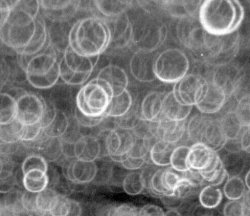
![[No title]](/data/xfmg/thumbnail/37/37610-09a3b763265223288ccc8f30a63a666b.jpg?1619738149)

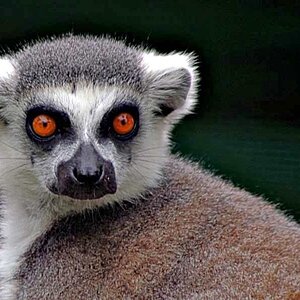
![[No title]](/data/xfmg/thumbnail/33/33847-620ea3a471c8ec2ae89451f9ee9dcb84.jpg?1619736166)
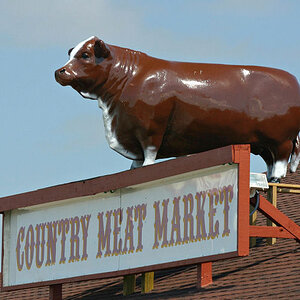
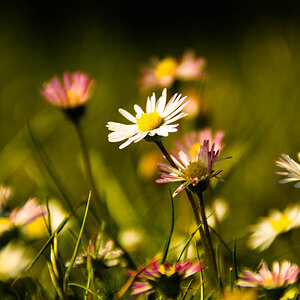

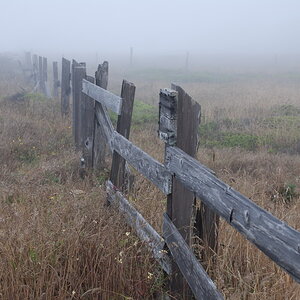

![[No title]](/data/xfmg/thumbnail/34/34076-d491e0e556e88ef7f797efcbe6083299.jpg?1619736268)